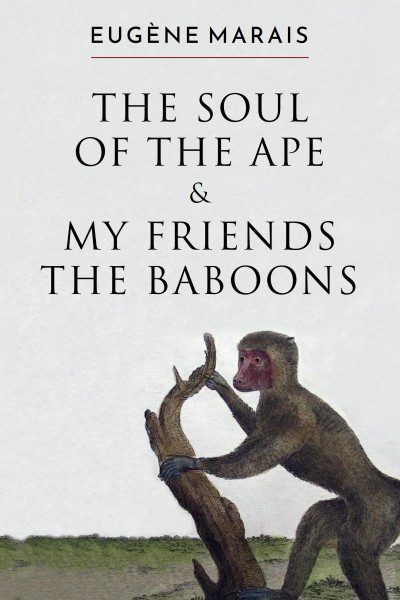
AMAZON PAPERBACK | US | UK | Germany | France | Spain | Italy | Japan | Canada | Australia | Sweden | Poland | Netherlands
PAPERBACK ELSEWHERE | Booktopia | Book Depository | Fishpond | Barnes&Noble | ThriftBooks
AMAZON KINDLE | US | UK | Germany | France | Spain | Italy | Netherlands | Japan | Brazil | Canada | Mexico | Australia | India
EBOOK ELSEWHERE | Lulu | Google Play
EBOOK HERE | PDF | Epub
Google’s NotebookLM summarises Marais’ work and its importance:
DOWNLOAD SAMPLE PDF
“Thankfully the manuscript of this book (written in Afrikaans) was found and translated, albeit some years after Marais’ death. It is not only still relevant and insightful, it is beautifully written by a man whose passion for nature was thorough and spellbinding. Marais had to rise above many setbacks in his difficult life but he left us with treasures and a warning that gives one pause. Near the end of his life he could be seen wearing a gentleman’s white suit and walking to a river with several youngsters waiting to sit with him as he recited stories of his experiences in the primitive veld among the chacma baboon troop that allowed his research and companionship. Wonderful.” – Reader review
Eugene Marais spent three years living in the South African wilderness in close daily contact with a troop of baboons. He later described this as the happiest, most content time of his troubled life. This period produced two works which are testament to his research and conclusions; they have very different histories.
Firstly, there was a series of articles written in Afrikaans for the newspaper Die Vaderland. They were then published in book form under the title Burgers van die Berge, and were first published in an English translation in 1939 under the title My Friends the Baboons. These pieces were written in a popular vein suitable to a newspaper readership, and were not regarded seriously by Marais himself. They are a journal; a series of anecdotes and impressions.
The Soul of the Ape, which Marais wrote in beautifully clear and precise English, was the more serious scientific document; however after his death in 1936, it could not be found. It was lost for 32 years, and was recovered in 1968, and published the following year.
The excellent introduction by Robert Ardrey that is included in this volume was part of the 1969 and subsequent editions of The Soul of the Ape, and adds greatly to an appreciation of its importance.
Together, these three texts give us as complete a picture as we will ever get of Marais’ three year study of these complex relatives of humanity, and its implications for the study of consciousness.
Eugѐne Marais is also the author of The Soul of the White Ant, his exploration of the psyche and social life of the termite. It was always his intention that the two bodies of work, on termites and apes, were companion pieces in the search for an understanding of the psyche that would span the gulf between the insect and primate worlds. The point of Marais’ work was, always, the mystery of consciousness itself, on which grounds it is as relevant as ever.
“He offers a vision of nature as a whole, whose parts obey different time-laws, move in affinities and linkages we could learn to see: parts making wholes on their own level, but seen by our divisive brains as a multitude of individualities, a flock of birds, a species of plant or beast. We are just at the start of an understanding of the heavens as a web of interlocking clocks, all differently set: an understanding that is not intellectual, but woven into experience. Marais brings this thought down into the plain, the hedgerow, the garden.” – Doris Lessing, in The New Statesman
“One of the great masterpieces of scientific literature. I would even say it is a master piece of literature alone. I hope this man is remembered by the future and not forgotten further.” – Reader review
Contents
Introduction by Robert Ardrey
THE SOUL OF THE APE
- Means and Methods of Research
- Habits Acquired in Different Environments
- Phyletic and Individual Memory
- The Selective Cause
- Addiction and Depression
- Submerged Instinctive Attributes in Man
- Hypnotic Hyperaesthesia
- The Sense of Locality, Hypnotic and Normal
- Specific Consequences of the Evolution of Primate Mentality
- Divergence From Type
- Disturbances of the Sexual Sense
MY FRIENDS THE BABOONS
- The Habits of the Baboons
- The Distribution of the Baboon
- The Baboons of Doornhoek
- Birth Pain in Man and Animal
- Behaviour and Character of Young Baboons
- Friendship Between Men and Baboons
- Baboons and Human Beings
- Reason in Apes and Lower Species of Animal
- Law and Government among the Baboons
- Death among Baboons

Be the first to comment